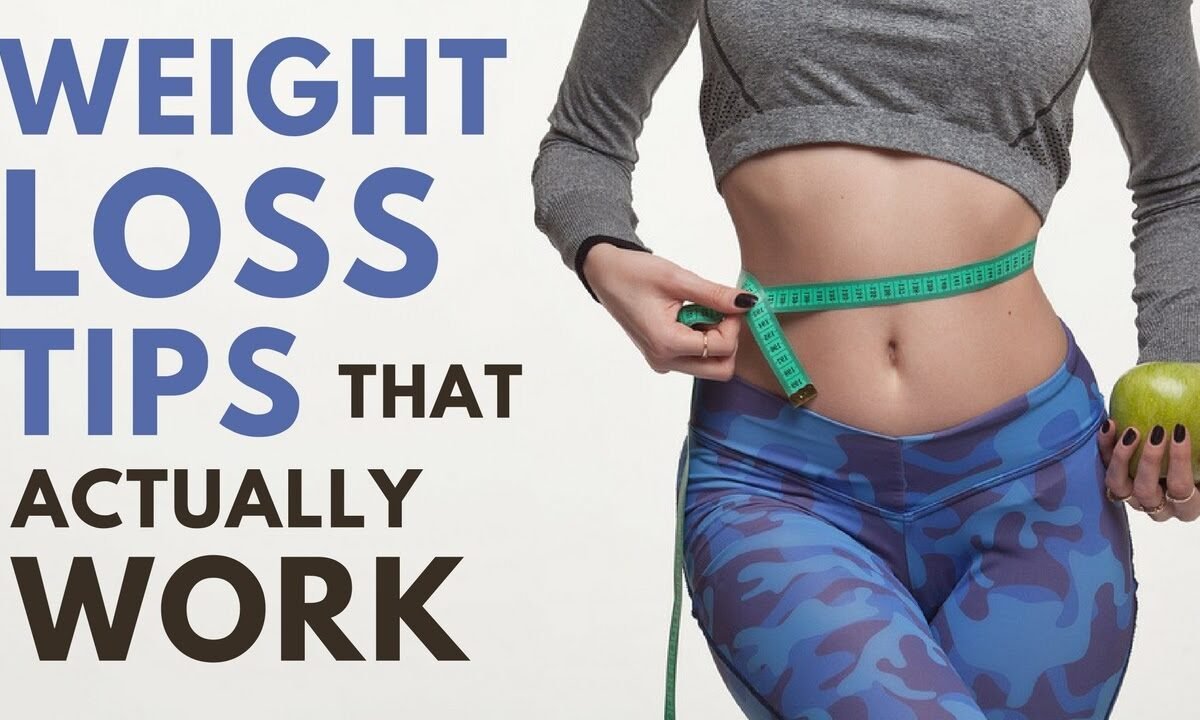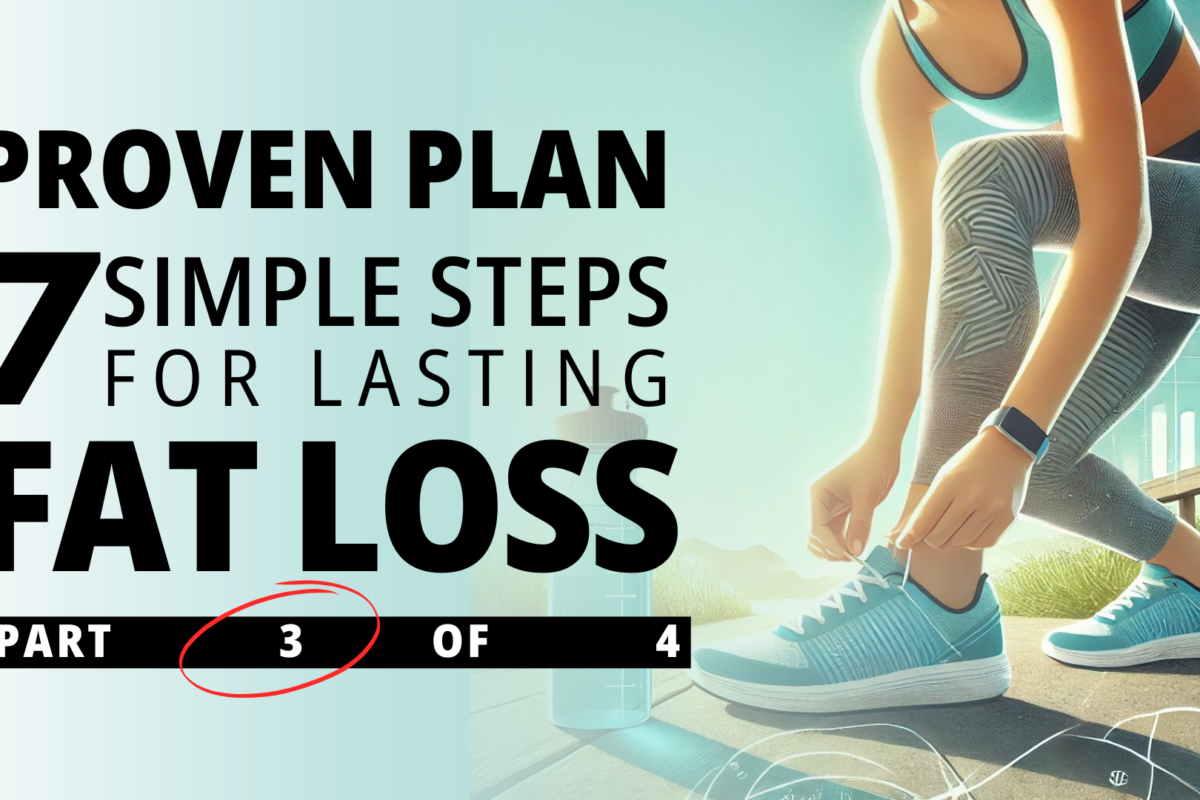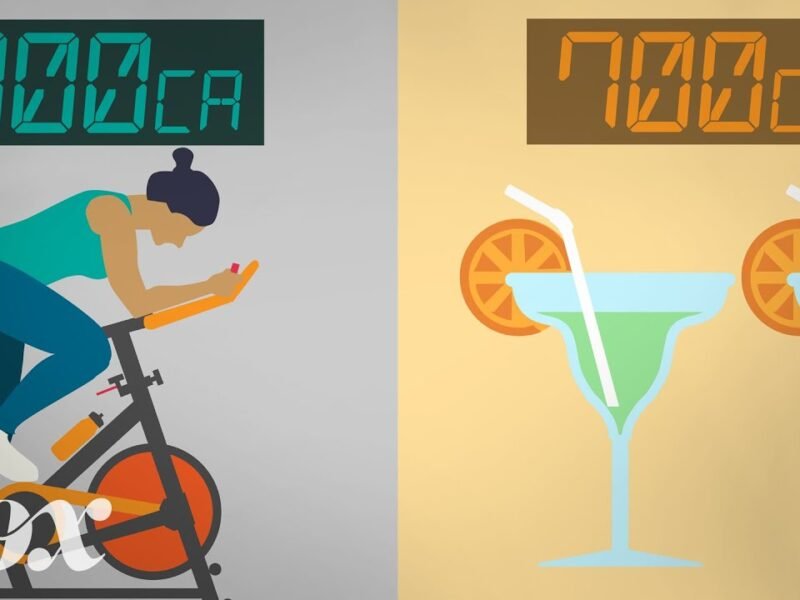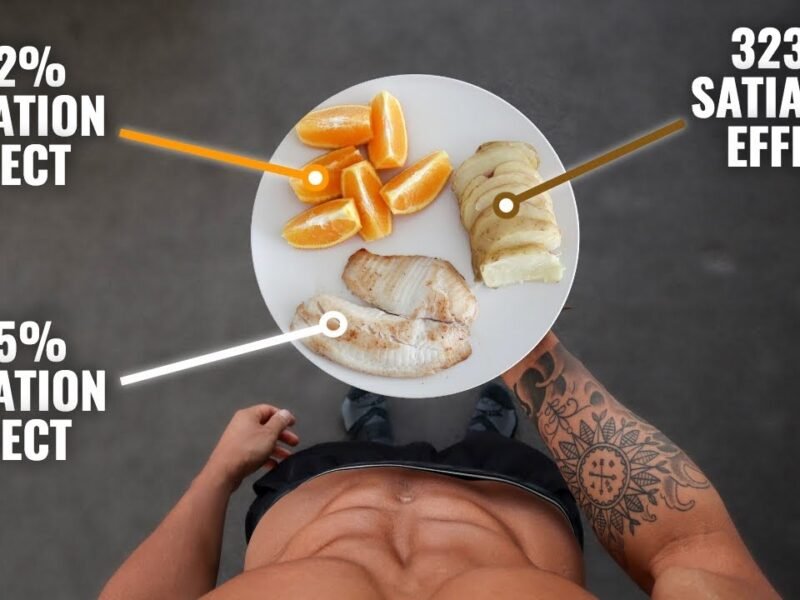9 Fat Loss "Hacks" They NEVER Teach (Burn Fat Fast)!
9 Fat Loss “Hacks” They NEVER Teach (Burn Fat Fast)!
Losing weight doesn’t have to be complicated. In fact, it’s fundamentally about burning more calories than you consume. By understanding the basic principles of thermodynamics, you can simplify your weight loss journey. Here, we’ll explore nine actionable strategies that can help you shed those extra pounds without starving yourself or spending endless hours in the gym.
Understanding Weight Loss
At its core, weight loss boils down to one simple equation: if you’re not losing weight, it means you’re either eating too much or not moving enough. The key to successful weight loss is managing to expend more energy than you consume. This post will delve into practical ways to achieve that goal.
1. Stop Eating When You’re Thirsty
A common mistake people make is confusing thirst for hunger. Many of us don’t drink enough water, leading our bodies to adapt to low fluid intake and dull our thirst sensation. If you want to lose weight, understanding the difference between hunger and thirst is crucial. To avoid unnecessary calorie consumption, make it a habit to stay hydrated throughout the day.
Here’s a quick exercise: next time you feel hungry, drink an 8-ounce glass of water and wait for 10 minutes. If you’re still hungry after that, then go ahead and eat. If not, you were likely just thirsty.
2. Decrease Calorie Load
Cutting back on your daily calorie intake by 250 to 500 calories can significantly impact your ability to lose weight. This can be achieved by making simple substitutions in your daily diet. For instance, instead of using whole milk, switch to fat-free milk. Replace a handful of peanuts with blueberries, or opt for water instead of juice or soda.
These adjustments might seem minor, but collectively, they can lead to a meaningful reduction in calories and help you move the needle on the scale.
3. Have a Late Breakfast
Intermittent fasting can be an effective strategy for weight loss. By delaying your first meal until later in the day, you extend your fasting period, which can reduce your overall calorie intake without requiring you to feel deprived. Most people tend to eat throughout the day, but by skipping breakfast or having it later, you allow your body to spend more time in a fasted state, which can lead to fat loss.
The most common intermittent fasting method is a 16/8 schedule, where you fast for 16 hours and eat during an 8-hour window. For example, if you stop eating at 10 PM, your next meal would be at 2 PM the following day.
4. Don’t Waste Your Willpower
Willpower is like a limited resource. Every decision you make drains a bit of your willpower reserve. This is why many people find it easier to stick to their diet in the morning but struggle in the evening. To preserve your willpower, try to minimize unnecessary decisions throughout the day. For instance, if you’re craving sweets at night, avoid buying them in the first place. Instead, keep healthier options like fruits available.
5. Eat Your Veggies
Vegetables are not only nutritious but also low in calories. Eating 500 calories worth of broccoli is much harder than consuming the same amount from sugary snacks. The high volume and fiber content of vegetables make them more satiating, helping you feel full for longer. Aim to add at least one cup of vegetables to each meal to help limit calorie intake while maximizing fullness.
6. Eat More Protein
Protein is the most satiating macronutrient. It’s much harder to overeat on protein-rich foods compared to sugary snacks. A higher protein intake not only helps preserve muscle mass during weight loss but also reduces appetite. Incorporating protein into every meal can make sticking to your diet easier.
7. Get Caffeinated
Caffeine can boost your metabolism and increase energy expenditure. By incorporating caffeine into your diet, you can enhance your mood while also promoting fat loss. Consider starting your day with a cup of coffee to help you burn more calories throughout the day.
8. Take the Stairs
Non-exercise activity thermogenesis (NEAT) plays a significant role in weight loss. This includes all the calories burned through daily activities that aren’t formal exercise. To increase your NEAT, opt for the stairs instead of the elevator, park further away from the store, or take walks during breaks. Aim for 8,000 to 10,000 steps daily, which can be easier than you think if you incorporate small walks throughout your day.
9. Eat Bigger Meals
While conventional wisdom suggests eating smaller, more frequent meals to boost metabolism, recent studies indicate that this may not be necessary. Eating three larger meals can be just as effective, if not more so, than eating six smaller meals. If you find yourself hungry every couple of hours on a smaller meal plan, consider consolidating your meals into three larger servings.
Conclusion
By following these nine strategies, you can make your weight loss journey more manageable and effective. Remember, it’s all about finding a balance that works for you and making sustainable changes to your lifestyle. With a little effort, you can achieve your fat loss goals and maintain them for the long term.






















